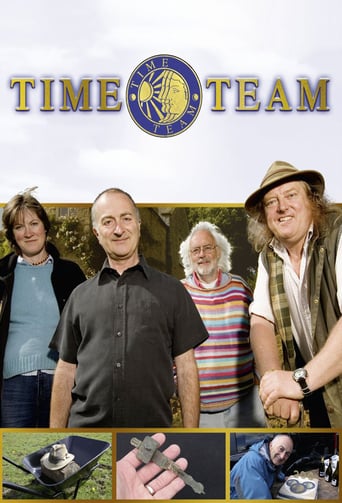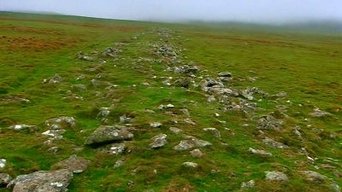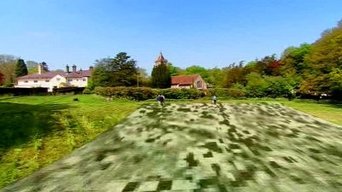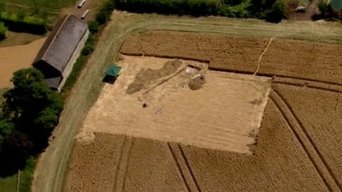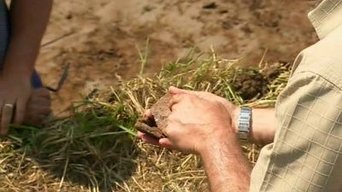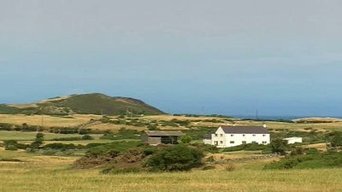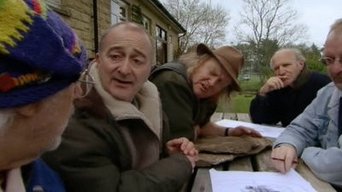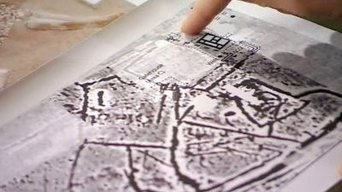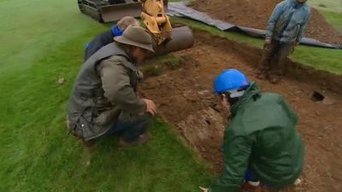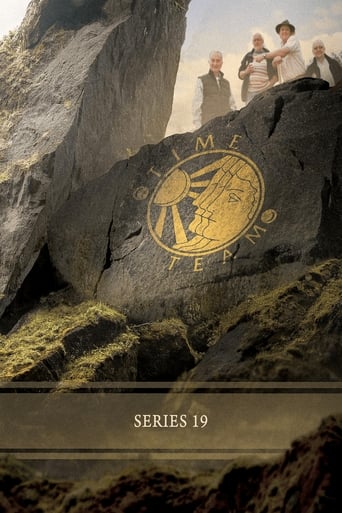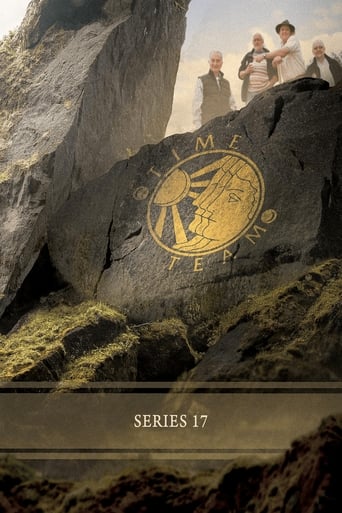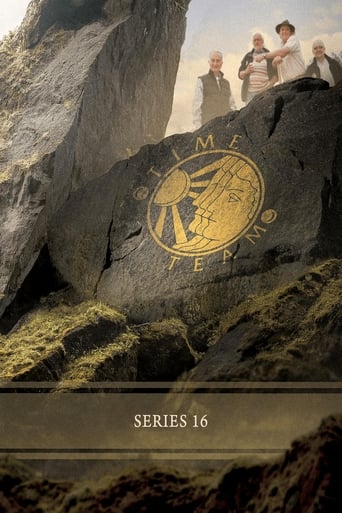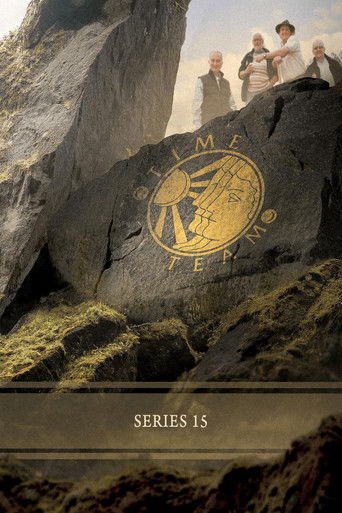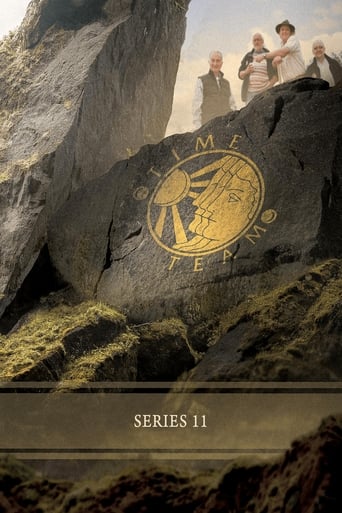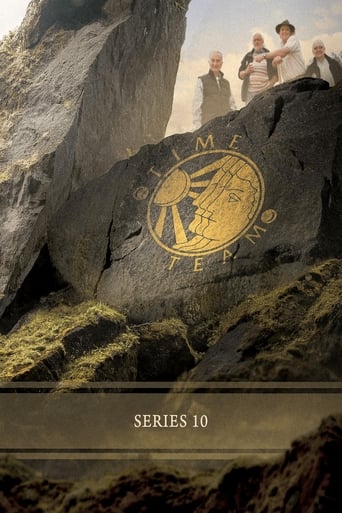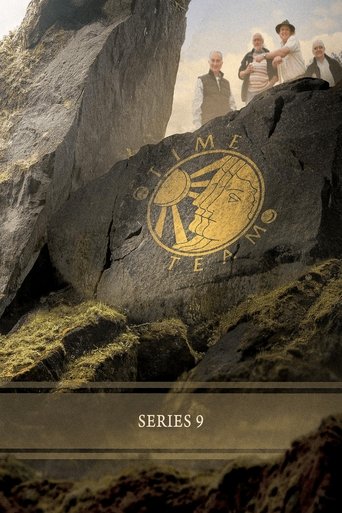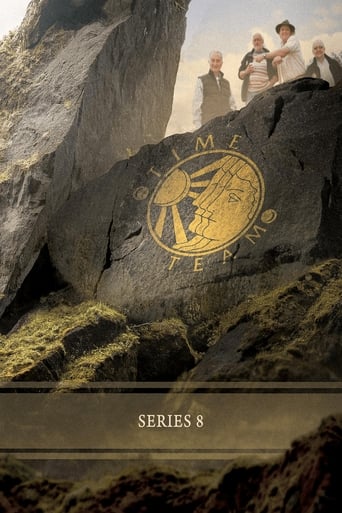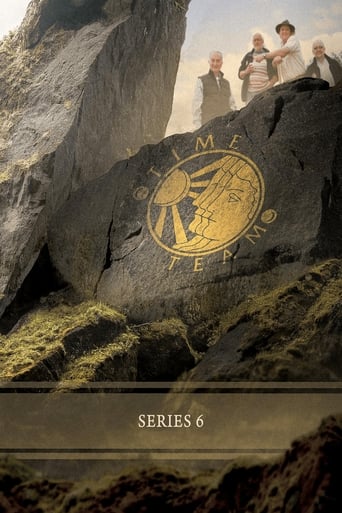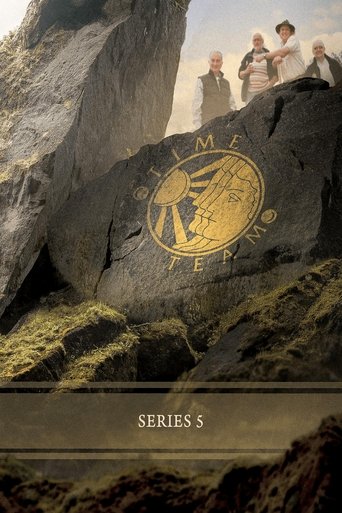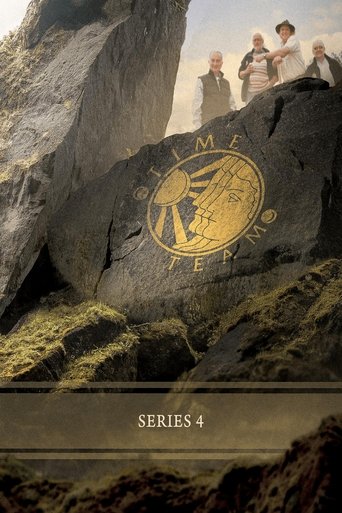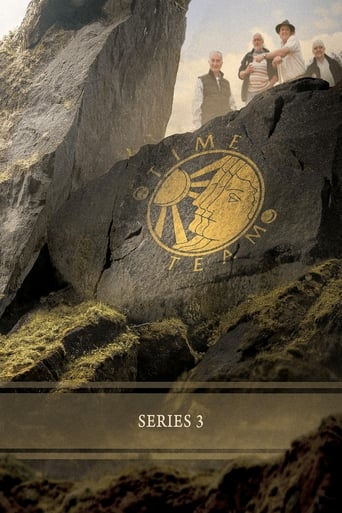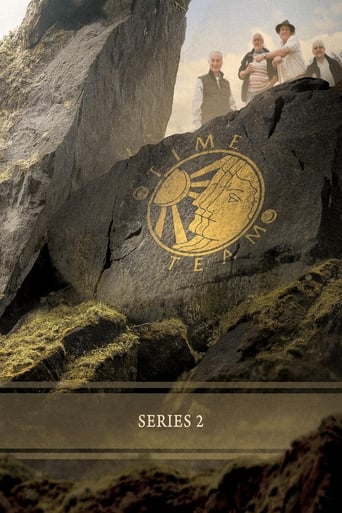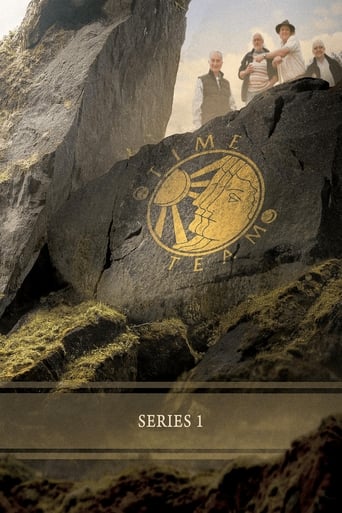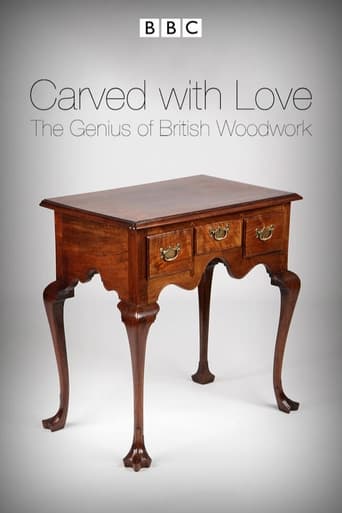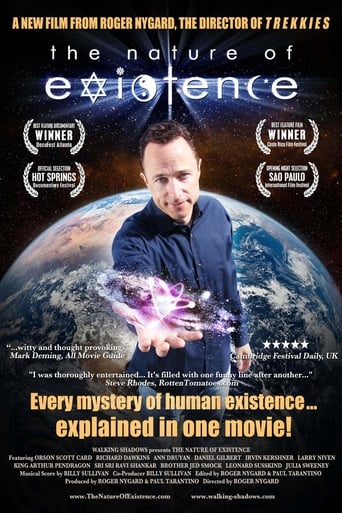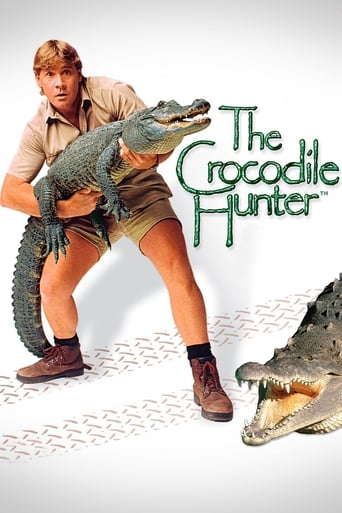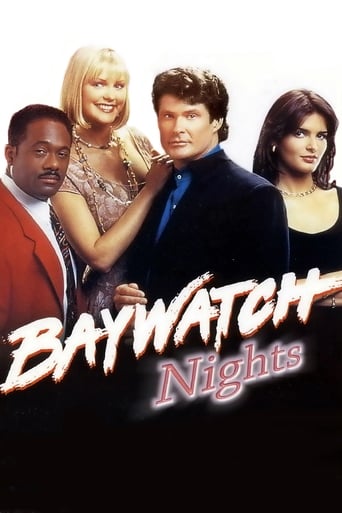Time Team Season 14
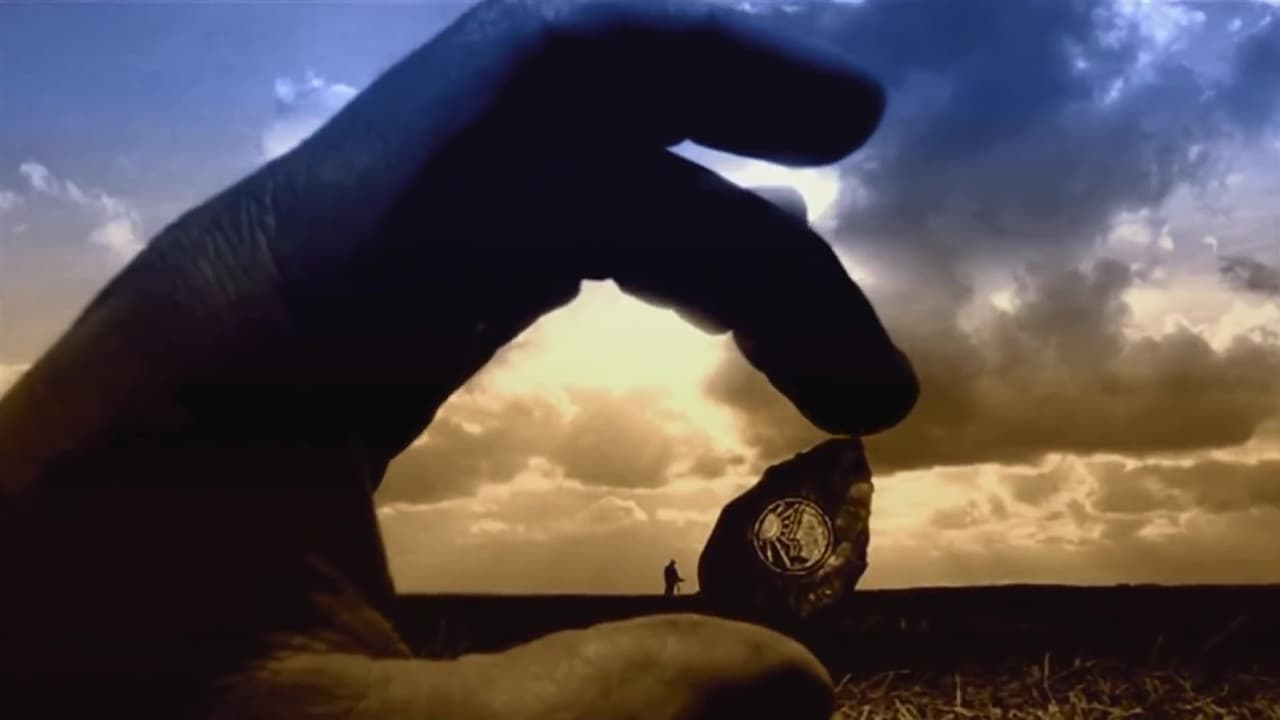
Time Team is a British television series which has been aired on British Channel 4 from 1994. Created by television producer Tim Taylor and presented by actor Tony Robinson, each episode featured a team of specialists carrying out an archaeological dig over a period of three days, with Robinson explaining the process in layman's terms. This team of specialists changed throughout the series' run, although has consistently included professional archaeologists such as Mick Aston, Carenza Lewis, Francis Pryor and Phil Harding. The sites excavated over the show's run have ranged in date from the Palaeolithic right through to the Second World War.
Watch NowWith 30 Day Free Trial!
Time Team
1994



Time Team is a British television series which has been aired on British Channel 4 from 1994. Created by television producer Tim Taylor and presented by actor Tony Robinson, each episode featured a team of specialists carrying out an archaeological dig over a period of three days, with Robinson explaining the process in layman's terms. This team of specialists changed throughout the series' run, although has consistently included professional archaeologists such as Mick Aston, Carenza Lewis, Francis Pryor and Phil Harding. The sites excavated over the show's run have ranged in date from the Palaeolithic right through to the Second World War.
Watch Trailer
With 30 Day Free Trial!
Time Team Season 14 Full Episode Guide
Tony Robinson talks us through the renovation of, perhaps, one of the most important homes ever built: Augustus Pugin's home in Ramsgate. In the mid-19th century, Pugin reinvented a medieval style of architecture that became known as Gothic Revival. Best known for his work on the Houses of Parliament, he built the Grange in Ramsgate in the 1840s using his own money and with, as he put it, "not an untrue bolt or joint from foundation to flagpole". Amazingly, the house was about to be destroyed in 2004 when the Landmark Trust set about restoring it. Time Team follows the transformation of the property and visits other Pugin creations around the country. It promises to be an intriguing mix of Grand Designs and Restoration - what could be better?
The Team descend on the bleak, beautiful landscape of Bodmin Moor to face one their biggest challenges yet. The dig aims to date a possible Bronze Age village of stone houses. But alongside the village is a vast and mysterious 500-metre-long stone structure. The team are joined by Peter Herring of Cornwall Heritage Trust and environmental archaeologist Ben Gearey.
Tony Robinson and the team travel to the Welsh border in search of the abandoned Poulton Abbey that was once briefly used by Cistercian monks. Mick is delighted to be researching his favourite subject, monastic history. Though local archaeologists have found a chapel and plenty of other remains (including skeletons), there is no sign of the abbey. As the hunt drags on without any major progress, some of the team come up with a controversial theory. The team are joined by Mike Emery and Alan Wilmshurst from the Poulton Research Project, architectural historian Jonathan Clark, local historian Alan Thacker, and Finds specialist Debbie Klemperer.
A local metal detectorist has been visiting the same field in Godstone in Surrey for the past 15 years, and in that time has discovered a huge collection of Roman finds. Around 600 coins, many of them of high value, have been recovered from the field, as well as a collection of brooches and other more unusual items, including what looks like a metal sceptre handle. Local archaeologists believe that the number and value of the finds means that they may have been deliberate offerings, pointing towards a possible Roman temple or religious site. The possible sceptre handle is similar to ones that have been found at another Roman religious site nearby and may have been used by priests. The site is positioned close to a Roman road connecting London to the south coast and has never been excavated, although English Heritage did commission a geophysics survey. Local archaeologists have been wondering what lies beneath the surface for many years, and called in Time Team to help them find out.
Archaeologists in Chesham in Buckinghamshire believe they've found the remains of a medieval building under the manicured lawns of a Georgian house.
Time Team have never excavated a watermill before. Despite the fact that they were plentiful in historic times, these features have been under-researched. Heading to the River Otter in Devon, the team excavate a site dating back at least to the Domesday Book of 1086, yet the last mill building on the site was pulled down as recently as the 1960s. They are joined by Martin Watts (mill historian), industrial archaeologist Mike Nevell, and Finds specialist John Allan. Tony visits the working mill at nearby Otterton.
The team arrive at a field outside Cheshire where metal detectorists have made several valuable finds in the past, hinting the site was once a very active Roman settlement. However, the complete lack of finds causes serious concern amongst our intrepid explorers. They are joined by Mike Nevell from the University of Manchester, Roman historian David Shotter, and Robert Philpott from Liverpool Museum. Archeometallurgist Andrew Lacey fashions a simple Roman snake bracelet. Famously, this is the episode where Tony declares "We've done what we always threatened: after 160 programmes, we found - nothing."
The team descend on the village of Wicken to investigate the local history. Digging in residents' gardens and surrounding fields, the team uncover a mysterious church, an ancient burial ground and evidence of a Saxon community.
The team visit a site near the Roman road of Ermine Street, where a clutch of Roman objects has been discovered. But field-walking has also produced Anglo-Saxon artefacts, and it becomes apparent that the site had more historical activity than first anticipated. Unlike today, the terrain would have been largely boggy and marshy. The archaeology increasingly points to a Roman industrial site with strong evidence of pottery manufacture and export. But after the Romans left, it may have taken on an important monastic role - much to Mick's delight. The team attempt to reproduce a Roman kiln. Finally, towards the end of day three, John's geophysics uncovers a possible neolithic enclosure. They even find time for cheese tasting, though Stilton is not actually the place where Stilton cheese is made. They are joined by Philippa Walton from the PAS, and Ben Robinson of Peterborough Museum.
The team investigate the remains of Shorncliffe Redoubt, the first fort built to defend the English south coast from invasion by revolutionary French forces in the 1790s.
Time Team are in the Island of Anglesey in North Wales, investigating a system of earthworks, not noticed until 2006 when identified by a light aircraft. Is it Iron Age or Roman? Though the locals believe that the ancient sect of the Druids was active in this area, the team are struggling to find anything that has not been ploughed away. But towards the end of the dig they make a completely unexpected find. The team are joined by Ken Brassil of the National Museum Wales. Using traditional techniques, local archaeologists make a wicker man, with a strange resemblance to a member of the team.
The team are in Hooke Court, Dorset to investigate a moated manor house with a mysterious past. Now used as a school, the grounds contain remains of buildings from the past 500 years and as the trenchers begin their work, the finds start to pile up. Though they are particularly looking for evidence of the Civil War, there are signs of activity from several different periods, including medieval and Tudor. The team are joined by historians Sam Newton and Jonathan Foyle. The school's pupils get involved in all aspects of the dig. As usual, Stewart has his own ideas about the site, and is skeptical about the idea of a moat.
The team are in Somerset to investigate the remains of a small Roman villa, dating back to just after the time of the Roman invasion in 43 AD. But previous excavations suggest it was occupied by local inhabitants rather than Roman invaders. Could it have been built on the site of an earlier, Iron Age settlement? The team are joined by Roman specialists John Creighton and Tom Moore; and Claire Ryley makes an authentic period garden. Members of the Stranglers put in a surprise appearance.
The team battle the tail end of Hurricane Gordon to investigate the last keeill standing, preserved beneath a golf course on the Isle of Man. A thousand years ago the island was dotted with these keeills, or small stone chapels, most of which have completely disappeared. Mick, an avowed enthusiast for early Christian buildings, is in his element. Sensational finds keep coming, including perfectly preserved plaited human hair, and a specimen of Ogham script. The team are joined by local archaeologist Andy Johnson, keeill expert Nick Johnson, and Viking specialist Dawn Hadley
Free Trial Channels
Seasons


